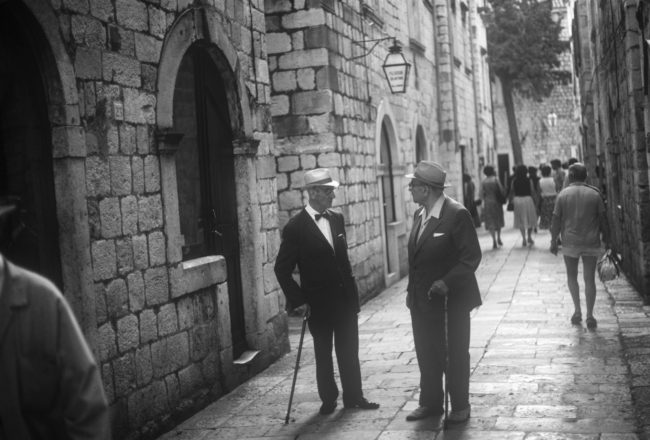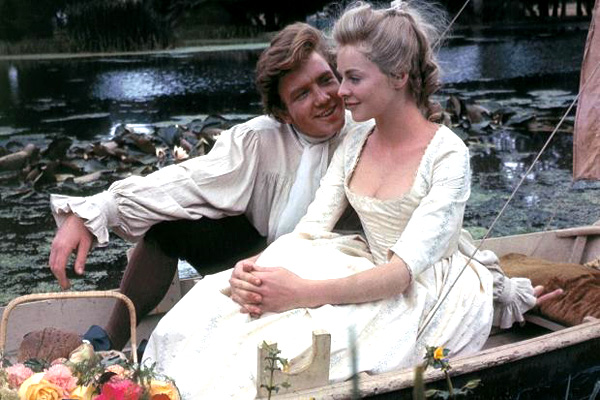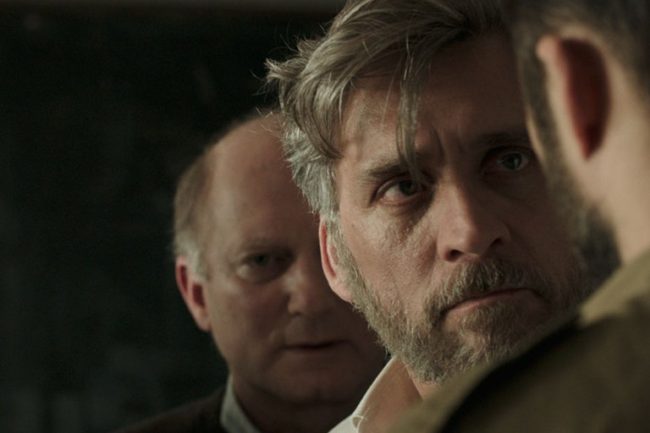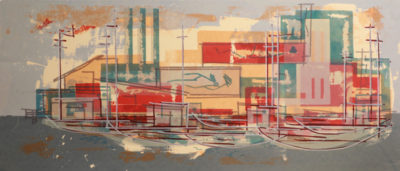AFTER AUSCHWITZ Q&A’s: Director Jon Kean will attend every 5:30pm showing at the Music Hall. Of special note: Saturday 5:30 Q & A will be moderated by Jane Lynch (Glee, The Marvelous Mrs. Maisel). Sunday 5:30pm Q & A will be moderated by Melissa Rivers (E! Television Network) and will include survivor Renee Firestone. Monday at 5:30 we welcome Dr. Miriam Koral, UCLA professor of Yiddish language for our post film talk about Yiddish Culture Pre-Post War. Wednesday at 7:10 our talk will be moderated by Dr. Michael Berenbaum who will talk with three generations of Holocaust survivors including Renee Firestone. In Encino, join us May 6th at 1pm where director Jon Kean will talk with survivor Erika Jacoby and her son Jonathan. For other shows with Q & A discussions, visit www.afterauschwitz.com.
https://www.youtube.com/watch?v=oUWXfs18KXY


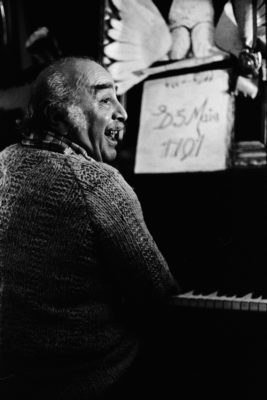 On his journey, Strom discovered a rich tapestry, including remnants of Hasidic and Orthodox worlds, Jews who were greatly devoted to communism, and parents who were fervently seeking better lives for their children and their children’s children.This photographic exhibition is a small window into a large field of conditions as they were, as they are, and perhaps as they will remain. Strom seeks out the moment with an artist’s hyperawareness, capturing it with an emotion and tone that is singular and authentic. The artist expresses a quality of relaxed spontaneity in his work, an organic, natural approach that never feels preset. The shots were taken with a 35mm Nikon FE camera using Kodak Tri-X 400 B&W film.
On his journey, Strom discovered a rich tapestry, including remnants of Hasidic and Orthodox worlds, Jews who were greatly devoted to communism, and parents who were fervently seeking better lives for their children and their children’s children.This photographic exhibition is a small window into a large field of conditions as they were, as they are, and perhaps as they will remain. Strom seeks out the moment with an artist’s hyperawareness, capturing it with an emotion and tone that is singular and authentic. The artist expresses a quality of relaxed spontaneity in his work, an organic, natural approach that never feels preset. The shots were taken with a 35mm Nikon FE camera using Kodak Tri-X 400 B&W film.